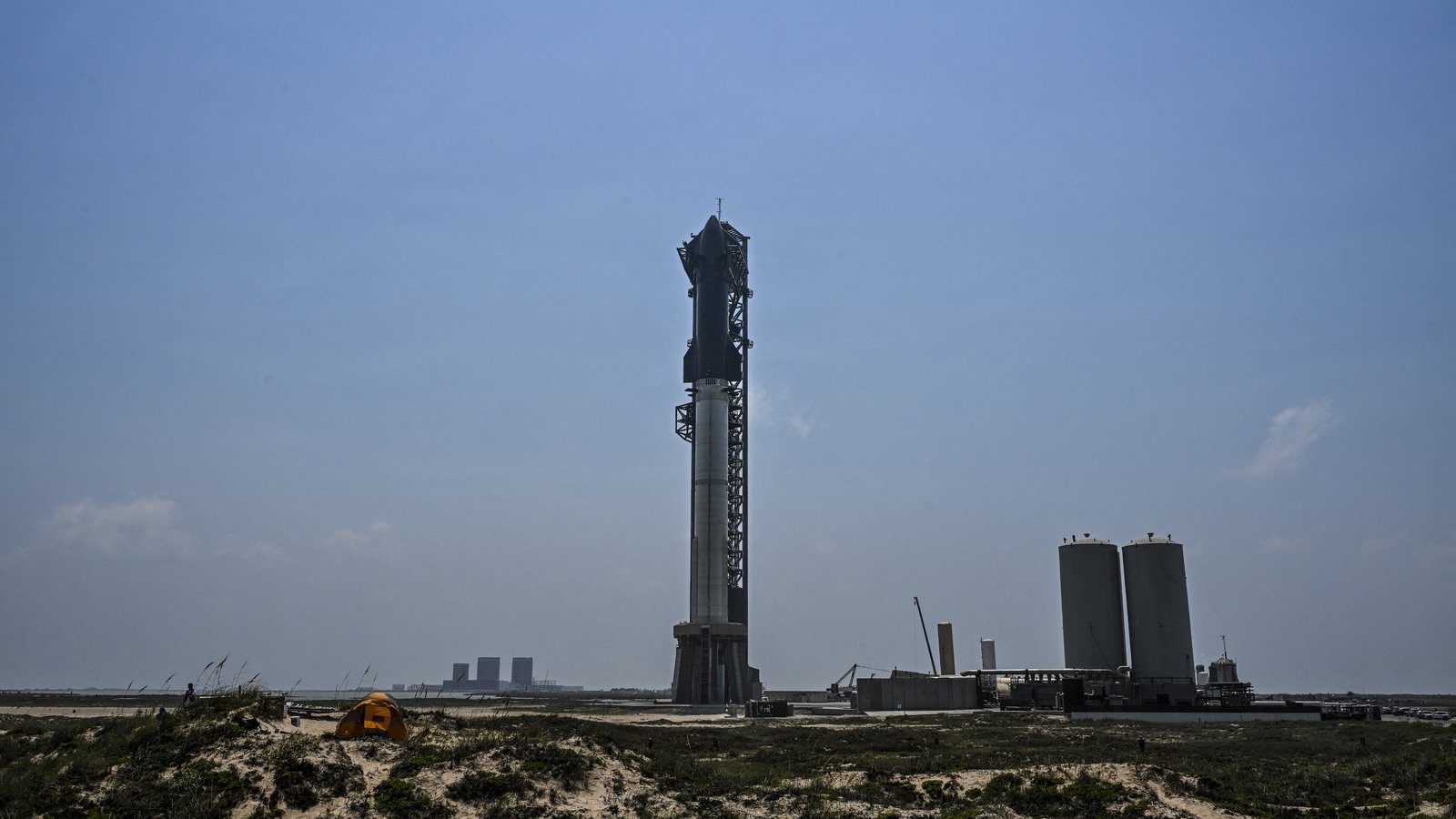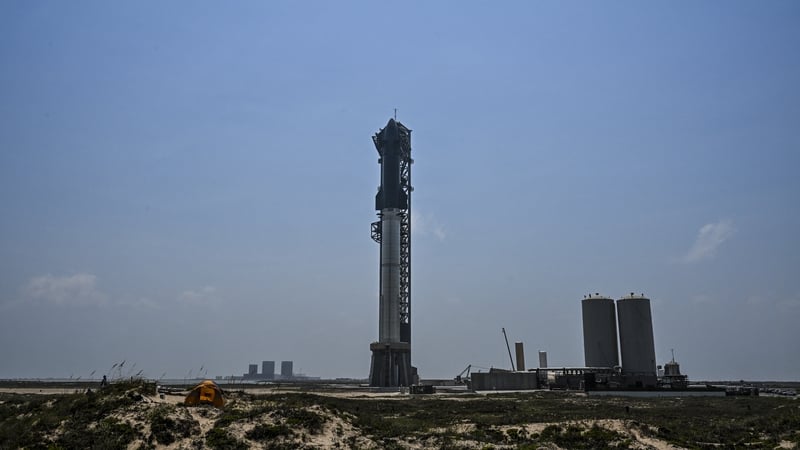SpaceX’s Starship launches on fourth test flight


Starship, SpaceX’s massive prototype rocket has launched for its fourth test flight and is now attempting to fly halfway around the globe before splashing down in the Indian Ocean.
The most powerful launch system ever built, vital to NASA’s plans for returning astronauts to the Moon and for SpaceX CEO Elon Musk’s hopes of one day colonising Mars, blasted off from Starbase in Boca Chica, Texas at 1.50pm Irish time.
Three previous attempts have ended in Starship’s fiery destruction, all part of what the company says is an acceptable cost in its rapid trial-and-error approach to development.
“The payload for these flight tests is data. Building upon what we achieved during Starship’s third flight test, our primary goal today is to get through the extreme heat of reentry,” SpaceX posted on X.
Super Heavy is the booster, while Starship refers to both the upper stage and the two stages combined.
The flight path will be similar to the third test, which took place in March and saw Starship fly for 49 minutes before it was eventually lost as it re-entered the atmosphere over the Indian Ocean.
Liftoff of Starship! pic.twitter.com/2Z1PdNPYPG
— SpaceX (@SpaceX) June 6, 2024
Since then SpaceX says it has made several software and hardware upgrades and hopes to achieve a soft splashdown for the booster stage in the Gulf of Mexico and a “controlled entry” for the upper stage.
Designed to eventually be fully reusable, Starship stands 121m tall with both stages combined, 27m taller than the Statue of Liberty.
Its Super Heavy booster produces 74.3 Meganewtons of thrust, almost double that of the world’s second most powerful rocket, NASA’s Space Launch System, though the latter is now certified, while Starship is still under development.
SpaceX’s strategy of carrying out tests in the real world rather than in labs has paid off in the past.
Its Falcon 9 rockets have come to be workhorses for NASA and the commercial sector, its Dragon capsule sends astronauts and cargo to the International Space Station, and its Starlink internet satellite constellation now covers dozens of countries.
However, the clock is ticking for SpaceX to be ready for NASA’s planned return of astronauts to the Moon in 2026, using a modified Starship as the lander vehicle.
To accomplish this, SpaceX will need to first place a Starship in orbit, then refuel it with multiple “Starship tankers” for its onward journey, a complex engineering feat that has never before been accomplished.
At least one SpaceX fan has grown tired of waiting.





